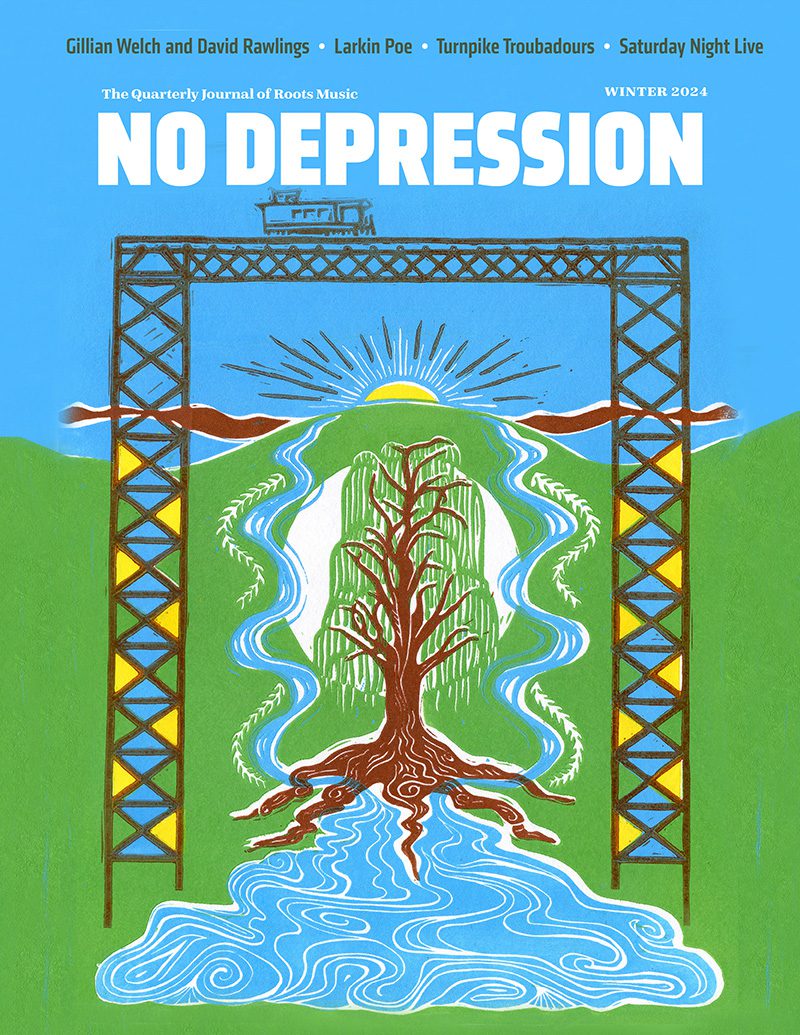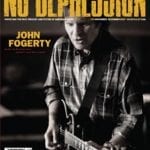Marie Knight – The last mile of the way
In the summer of 1935, the Reverend Gary Davis and two of his Piedmont blues proteges, Blind Boy Fuller and Bull City Red, ventured north from the Carolinas to record for the now-defunct Perfect label in New York City.
The session would prove auspicious, yielding sides that are widely regarded as the best of Davis’ career. From his nimble, ragtime-infused fingerpicking to the Biblical authority with which he invests the likes of “Twelve Gates To The City” and “I Belong To The Band”, the performances are as masterful as they are felt.
The experience nonetheless didn’t sit well with Davis. Besides feeling he was being cheated out of some of the money he had coming to him, he had just become an ordained preacher and wanted nothing to do with the profane music he had vowed to forsake. Perfect’s A&R rep, though, had other ideas, insisting that Davis record selections from his worldly blues repertoire.
The title of one of the numbers Davis cut during the session, “I’m Throwin’ Up My Hand”, captures his frustration, its “enough is enough” connotations serving, musically and otherwise, as a de facto statement of purpose. From then on — from his “rediscovery” during the postwar folk boom until his death in 1972 — he would cling to the gospel plow.
Marie Knight was only 10 years old in 1935 and knew nothing of Davis or his sanctified blues, even though their lives would eventually assume a number of strikingly similar contours. In fact, it would be another 67 years before Knight, who would spend the middle years of the 20th century touring and recording with the great gospel singer and guitarist Sister Rosetta Tharpe, finally heard of the blind singer and guitarist.
She was working on Shout, Sister, Shout!, the tribute album that producer Mark Carpentieri was putting together in honor of Tharpe. When it was finished in 2003, the record featured everyone from Bonnie Raitt and Odetta to Victoria Williams and Sweet Honey In The Rock.
“I was sitting in the studio and Mike came up with the old tapes of this man that had died,” Knight recalled, speaking by phone from her home in New York City this summer. “He said that this would be a good album to make if I could do the songs.
“When he played the tape, I said, ‘This is with a guitar.’ It was different, but after I learned the songs, we talked it over with Larry [Campbell], the guitarist, and we said, ‘We’ll do it in a different key.’ So we went into the studio and everything went beautifully.”
Let Us Get Together: A Tribute To Reverend Gary Davis (Featuring Larry Campbell), the stirring, seemingly effortless album that resulted, certainly bears Knight out. Recorded live in the studio, the disc’s less-is-more approach is wonderfully suited to the Piedmont style in which Davis worked — a lighter, more lyrical strain of blues than its heavier and more celebrated Delta counterpart.
“The Piedmont blues is more intricate and more syncopated than the Delta blues, which is all a driving 4/4 beat,” Campbell explains in the liner notes to Let Us Get Together, which came out on Carpentieri’s M.C. imprint in July. “The Piedmont blues is all about imitating ragtime piano playing, with the thumb imitating the left hand of the piano player and the fingers the right hand. The thumb keeps a steady bass line going, and the fingers either play chords over that or actual melodies. When you alternate between chords and melody enough to give the impression that they’re simultaneous, you create the illusion of bass, chords and melody all together.”
Davis would become the foremost exponent of the Piedmont style during the postwar folk revival, when regular appearances at the Newport Folk Festival and the records that he made for the Folkways, Vanguard, and Riverside labels introduced him to a wider audience.
Dave Van Ronk, Taj Mahal, Peter, Paul & Mary, Hot Tuna, Jackson Browne, and the Grateful Dead all would go on to record his material. And while folk and blues buffs and fans of ’60s psychedelia will already be familiar with the likes of “Samson & Delilah” and “I Am The Light Of This World”, those who aren’t will likely find the re-imagined versions on Knight’s new album to be revelations.
The disc’s six-minute reading of “Death Don’t Have No Mercy” is the real stunner, a harrowing personification of the grave haunted by the bluesy harmonica of Fabulous Thunderbirds frontman Kim Wilson.
On first blush, the pairing of Knight’s urbane contralto, over which she still has remarkable command, and Davis’ down-home originals might seem an unlikely combination, especially given that Knight was more accustomed to working with piano or a full band than with an acoustic guitar. According to Campbell, though, these divergent sensibilities didn’t pose any problems.
“Marie’s feel is different than his,” Campbell explained while in San Francisco rehearsing with former Grateful Dead bassist Phil Lesh’s band. “But that’s just instinct. All we had to do was run through the songs and adapt them rhythmically to the way Marie felt them. That, and change the keys.
“Both singers come from a deeply soulful place,” Campbell added. “Marie heard Reverend Gary’s songs and felt them in a certain way. That’s why they came out with no pretensions behind them, no saying, ‘I should make people feel like this.’ Marie just went in and expressed how the songs made her feel.”
It’s remarkable, in some respects, that Knight was nearly 80 when she first learned of Davis, who, along with Blind Willie Johnson and Mississippi Fred McDowell, was one of the great sanctified blues singers of the 20th century. Not only did Knight and Davis both live in Harlem after World War II, both also were ordained as ministers, and both preferred to sing only gospel music.
Knight would even struggle briefly with the competing pulls of the sacred and the profane, much as Davis did back in 1935. The occasion was her first foray into the secular market, a cover of torch singer Julie London’s hit “Cry Me A River” that she recorded for the Musicor label in 1965.




